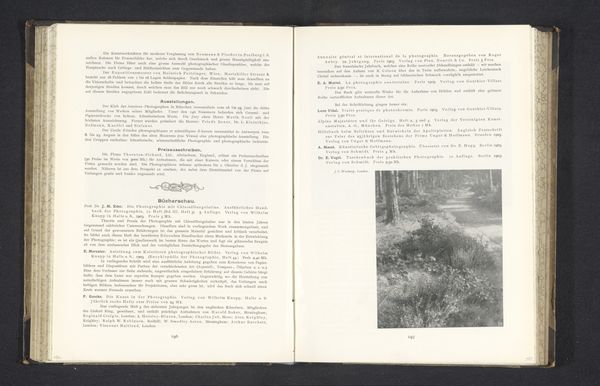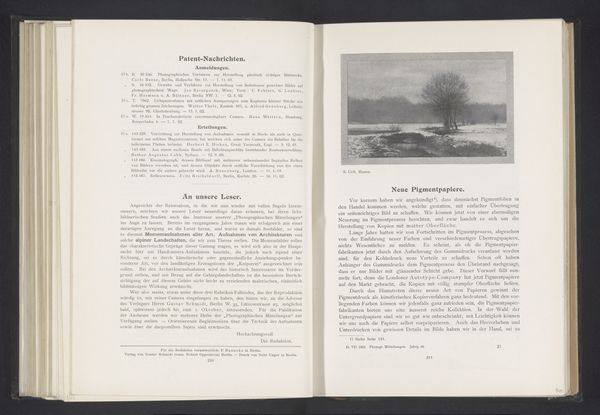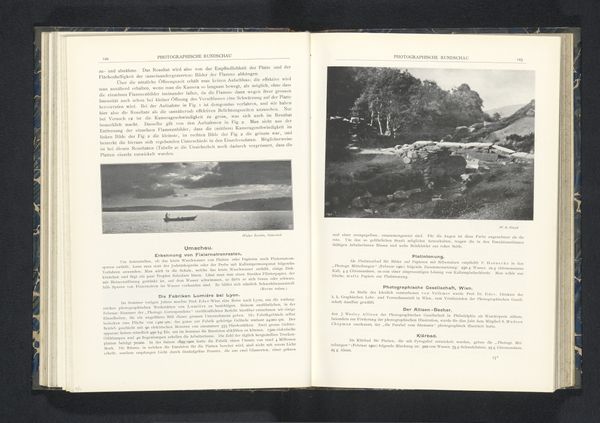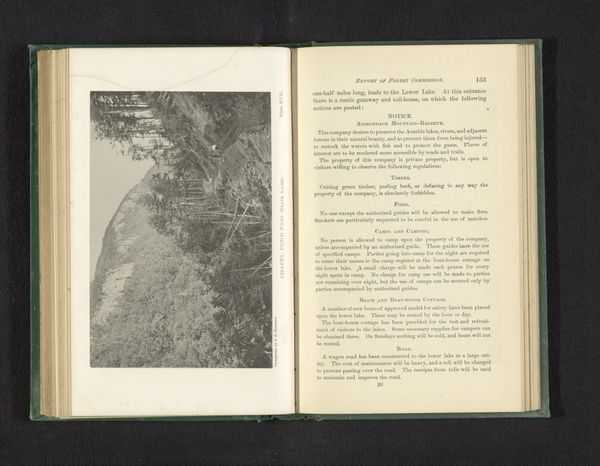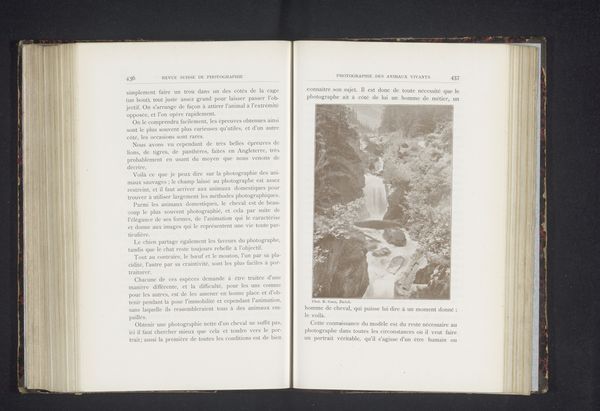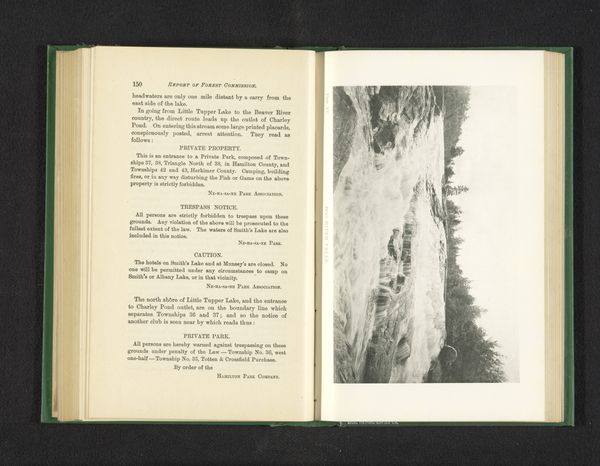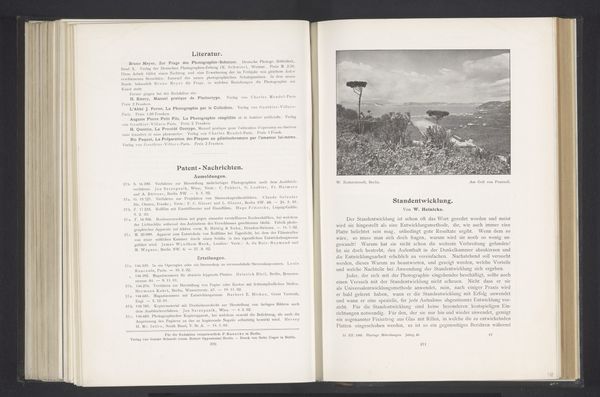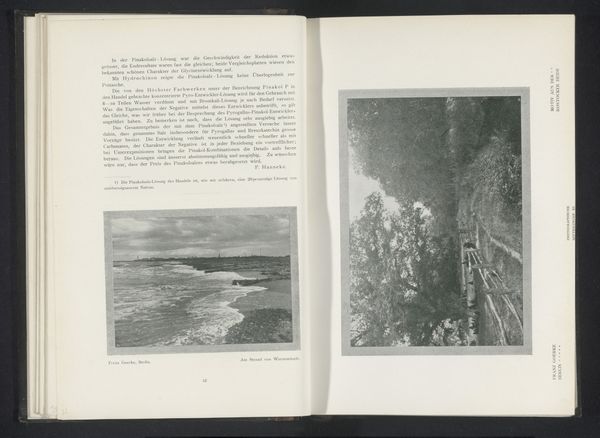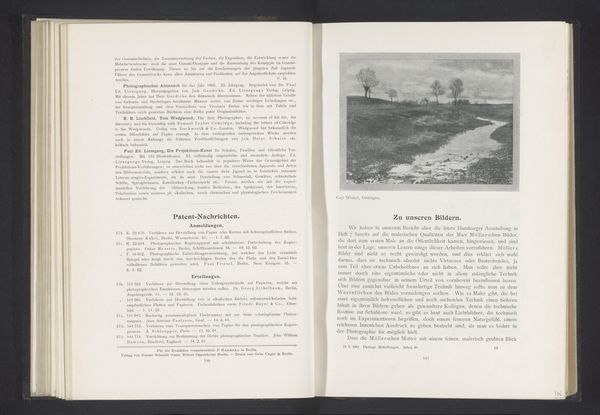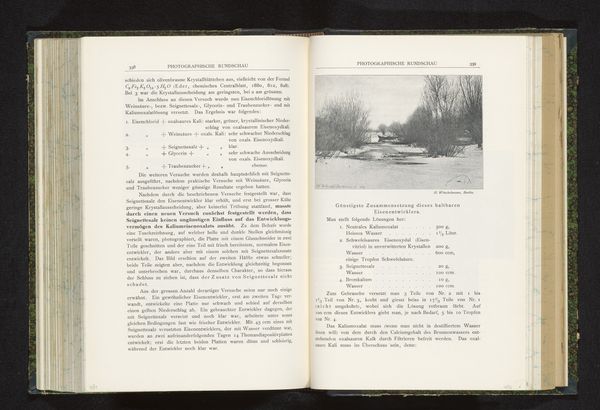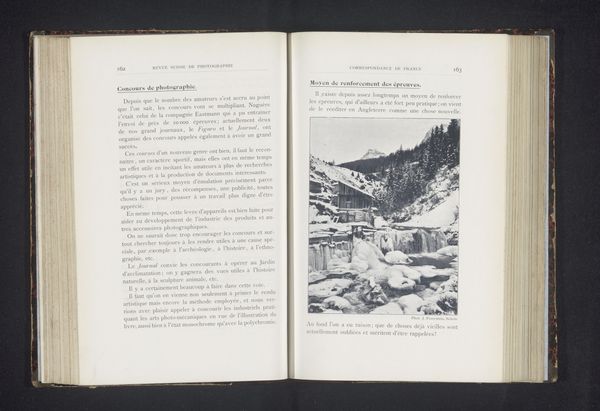
print, photography, gelatin-silver-print
#
still-life-photography
# print
#
landscape
#
photography
#
gelatin-silver-print
#
modernism
Dimensions: height 86 mm, width 114 mm
Copyright: Rijks Museum: Open Domain
Curator: Zeegezicht, before 1903, by Franz Goerke, is a gelatin-silver print currently held at the Rijksmuseum. My first thought is that its restrained palette really emphasizes the raw power of the ocean. The composition is split almost perfectly between the churning water and the ominous sky. What captures your attention? Editor: I think what strikes me is the "gelatin-silver print" aspect. What exactly does that materiality mean in the context of this image and Goerke’s practice? Curator: Precisely. The "how" of its making speaks volumes. Consider the industrial context: Goerke, active in a burgeoning era of photographic reproduction, likely leveraged new material technologies. The gelatin-silver process, refined and mass-produced, facilitated a sharper image and broader tonal range than earlier methods. The mass reproducibility alters its conceptual and societal value too, no? Is it "high art," documentary evidence, or advertising, or a complex blend? How does its means of production impact consumption and perception? Editor: I see your point. By highlighting the materials, it shifts the focus from simply viewing a seascape to examining the forces behind its creation and circulation. But does emphasizing the material take away from the artistic skill in capturing the scene? Curator: I argue it enhances it! Goerke didn’t merely point and shoot; he chose this technology. He harnessed and negotiated industrial processes to convey something of the sublime within a new paradigm of reproducibility. Consider also the labor involved: from the factory worker producing the gelatin emulsion to Goerke himself in the darkroom, this image is a record of its own means. Editor: So, it's about recognizing the artistic intention, selection, and skill even when working with industrial materials. Focusing on the print process helps us grasp how images circulate and communicate. Curator: Exactly. Recognizing the societal context and means behind artistic creation transforms our perspective. Editor: Thank you for helping me consider art through a material lens. I will now question if every artist also toiled.
Comments
No comments
Be the first to comment and join the conversation on the ultimate creative platform.

